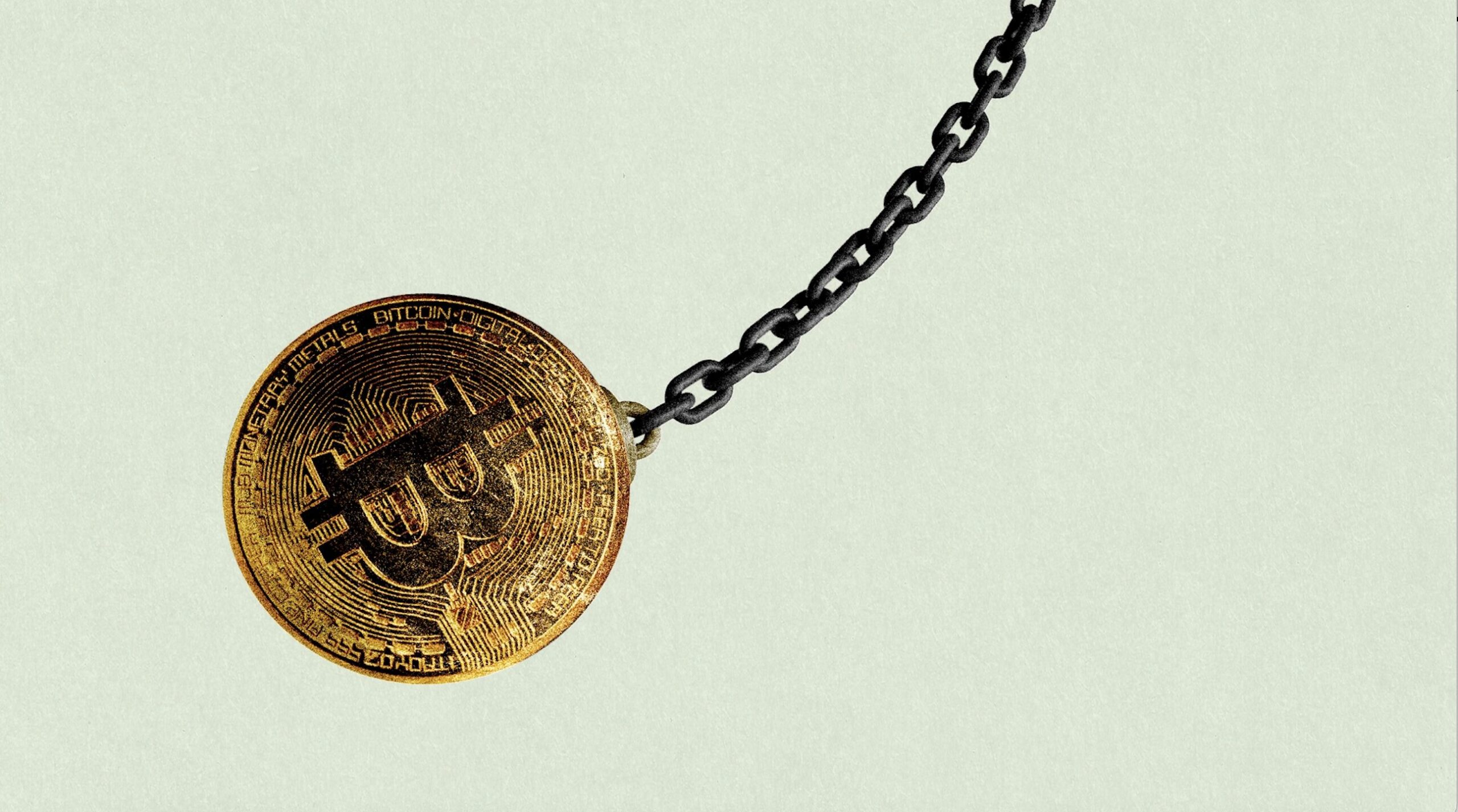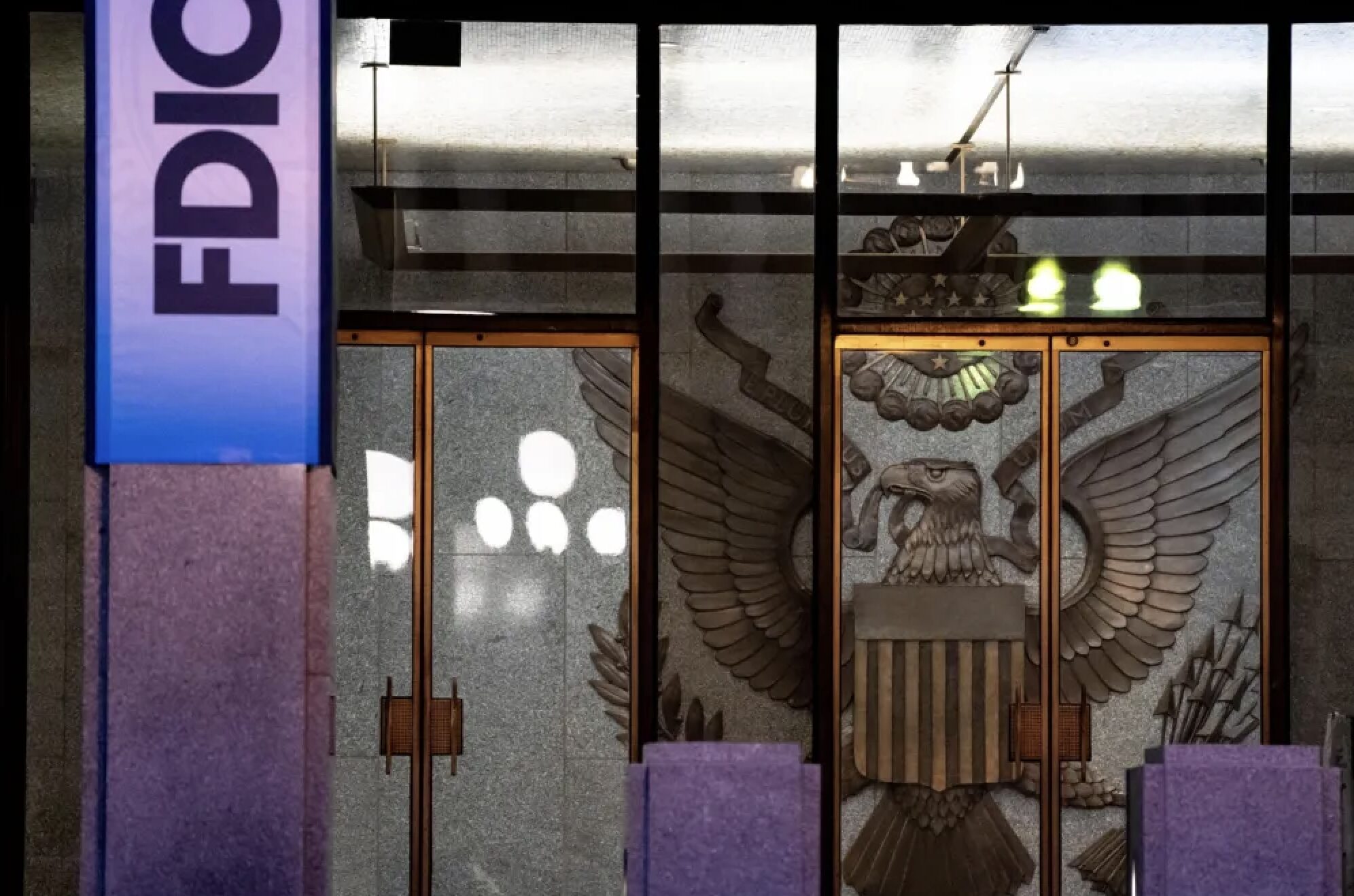When the coronavirus started roiling financial markets earlier this month, the Fed again reverted to its 2008 “playbook,” pumping
hundreds of billions into the banking system, but with little discernible effect on Main Street. Fortunately, this week, the Fed corrected course. In a bold move, it announced new programs that use its ability to create money to more directly help the real economy, including employers large and small who are struggling to make payroll, and households hit hard by job losses or reduced hours.
Larger employers will benefit from the Fed’s decision to start buying the
debt of commercial companies, including newly issued debt. Never before has the Fed bought the
bonds of private, non-financial companies, confining its past purchases primarily to government-backed debt and mortgage securities. Large companies rely heavily on issuing bonds for their cash needs, and as their revenues evaporate from economic disruptions caused by the coronavirus, they will need to rely on bond issuance even more. Importantly, companies will not have to start
making payments on the bonds until six months after issuance.
Smaller employers do not rely on bond markets, but rather bank loans for much of their financing needs. However, given economic uncertainties, banks may be reluctant to lend to small businesses because of the risk they might fail. So the Fed will launch a facility to directly support lending to
small businesses. We don’t yet have the details for this program, but it should provide welcome respite to the many cash-strapped restaurants, retail stores and others that have closed to protect against coronavirus.
These are just two examples of how the Fed is trying to reach farther into the real economy. It will also partner with the
US Treasury Department to provide government loans to small businesses and distressed sectors like transportation and hospitality. The Fed will provide the cash, while the Treasury will protect the Fed against any losses on those loans. Finally, the Fed has committed to buying unlimited amounts of
US government debt, which will help finance the massive deficits required for the
$2 trillion economic stimulus bill being approved by Congress. In this way, the Fed is indirectly helping individual households by providing the financing the US Treasury needs to make the cash payments and expanded unemployment benefits included in that bill.
The Fed’s actions — while welcome today — are not without longer-term risks. For instance, if the Fed’s unlimited purchases of government debt become the new normal, it would incentivize the government to be even more profligate in managing the nation’s finances and risk high inflation. But in the near term, the Fed is making the right move. The economic devastation from coronavirus is likely to lead to a precipitous drop in consumer demand for goods and services, which, if anything, will lead to depressed prices.
While we should all applaud the Fed for launching these new programs, we should also recognize that aggressive monetary policy has made us more susceptible to economic shocks. Again, with the best of intentions, the Fed has kept interest rates near zero for about a decade, encouraging excessive borrowing — particularly in the corporate sector — and inflating asset prices across the board. This has made markets susceptible to extreme volatility and contributed to declines in virtually all asset classes, including stocks, bonds and commodities. It will be important that the Fed promptly withdraw these extraordinary measures when the economy starts to recover to prevent reflating credit bubbles and limit inflation risk.







